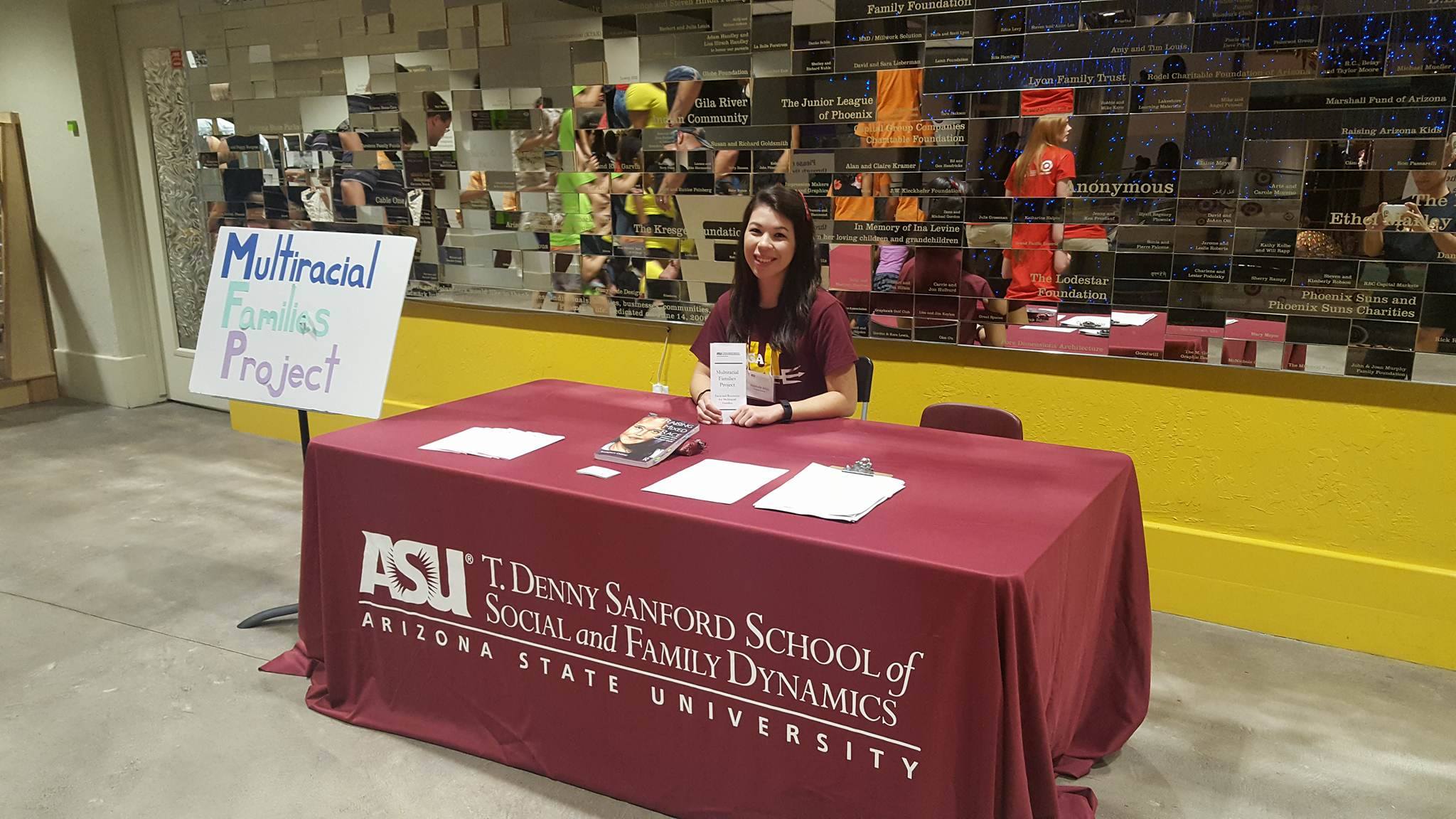Genealogy
Volume 2, Issue 3 (September 2018)
Special Issue “Genealogy and Multiracial Family Histories”
2018-07-05
15 pages
DOI: 10.3390/genealogy2030021
Peter J. Aspinall, Emeritus Reader
Centre for Health Services Studies, University of Kent, Canterbury
In the 1920s and 30s, significant empirical studies were undertaken on mixed-race (‘hybrid’) populations in Britain’s seaport communities. The physical anthropologists Rachel Fleming and Kenneth Little drew on the methods of anthropometry, while social scientist Muriel Fletcher’s morally condemnatory tract belongs to the genre of racial hygiene. Whether through professional relationships, the conduct of their work, or means of disseminating their findings, they all aligned themselves with the eugenics movement and all made use of pedigree charts or other genealogical tools for tracing ancestry and investigating the inheritance of traits. These variously depicted family members’ races, sometimes fractionated, biological events, and social circumstances which were not part of genealogy’s traditional family tree lexicon. These design features informed and reflected prevailing conceptualisations of race as genetic and biological difference, skin colour as a visible marker, and cultural characteristics as immutable and hereditable. It is clear, however, that Fleming and Little did not subscribe to contemporary views that population mixing produced adverse biological consequences. Indeed, Fleming actively defended such marriages, and both avoided simplistic, ill-informed judgements about human heredity. Following the devastating consequences of Nazi racial doctrines, anthropologists and biologists largely supported the 1951 UNESCO view that there was no evidence of disadvantageous effects produced by ‘race crossing’.
Contents
- Abstract
- Introduction
- Genealogical Technologies
- Case Studies of the Eugenic Use of Genealogical Technologies in Studies of Mixed-Race
- Intersections between Eugenicists’ Use of Genealogical Technologies, Discourses on Race, and the Biological Consequences of ‘Race Crossing’
- Conclusions
- Funding
- Conflicts of Interest
- References




